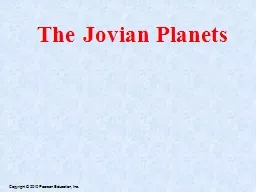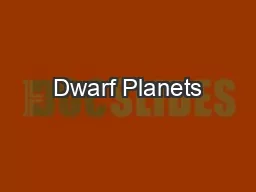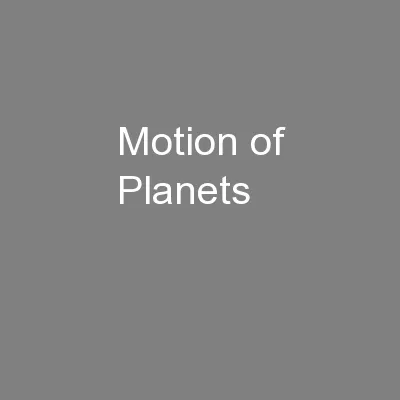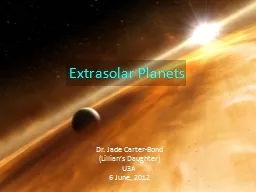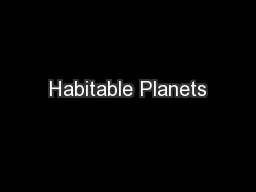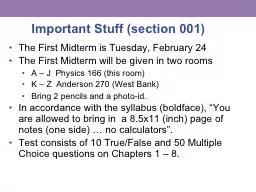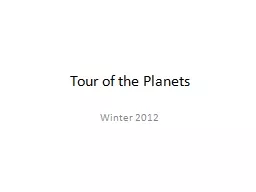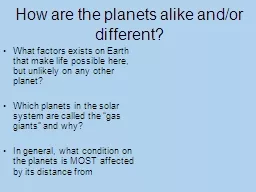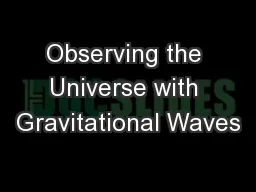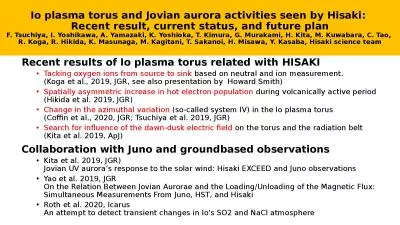PPT-The Jovian Planets
Author : test | Published Date : 2017-10-16
Jupiter can be imaged well from Earth even with a small telescope Here Jupiter with its Galilean moons Observations of Jupiter and Saturn Natural color image Jupiter
Presentation Embed Code
Download Presentation
Download Presentation The PPT/PDF document "The Jovian Planets" is the property of its rightful owner. Permission is granted to download and print the materials on this website for personal, non-commercial use only, and to display it on your personal computer provided you do not modify the materials and that you retain all copyright notices contained in the materials. By downloading content from our website, you accept the terms of this agreement.
The Jovian Planets: Transcript
Download Rules Of Document
"The Jovian Planets"The content belongs to its owner. You may download and print it for personal use, without modification, and keep all copyright notices. By downloading, you agree to these terms.
Related Documents

